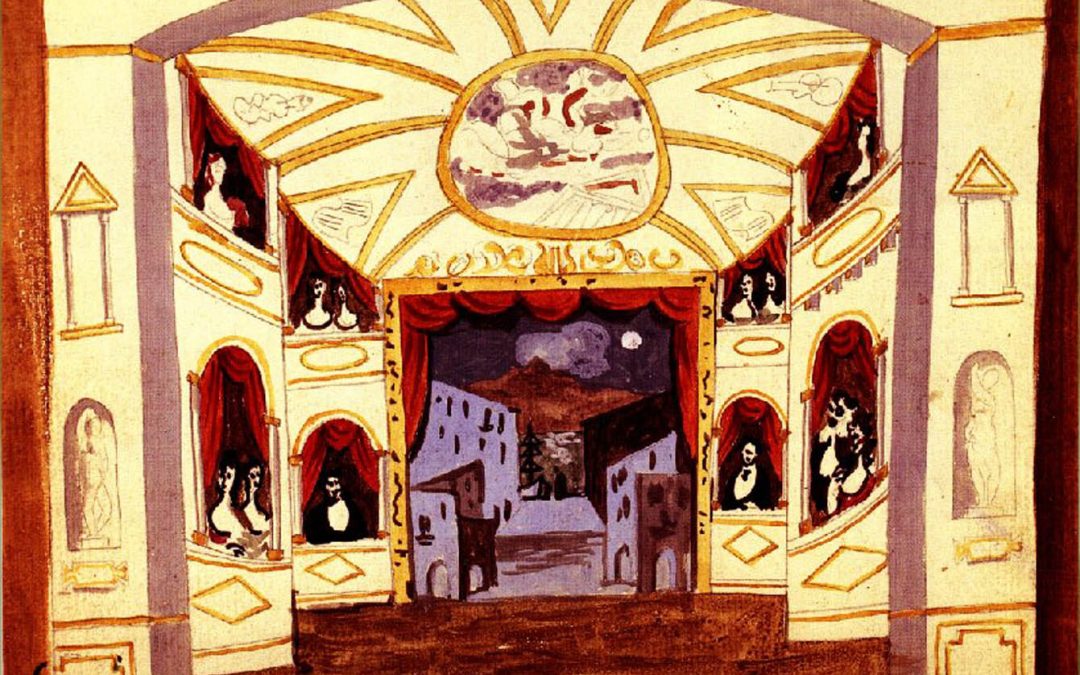Stravinsky’s music for Pulcinella marks his transition from a Russian idiom, evidenced in earlier works like the Firebird and Petrushka, to a “neo-classic” style focusing on smaller-scale works characterized by order, balance, style and clarity.
Pulcinella was originally conceived as a ballet, premiered in Paris in 1920 by the renowned Ballet Russes. Four great 20th-century artists collaborated to create the ballet — Stravinsky (music), Pablo Picasso (scenery and costumes), Léonide Massine (choreographer) and Sergei Diaghilev (impresario). At Diaghilev’s suggestion, Stravinsky based the ballet music on works composed by Giovanni Battista Pergolesi, a gifted baroque Italian composer of the early 18th century — or so he thought! Modern musicological research has shown that many works formerly attributed to Pergolesi were actually written by other composers, having been spuriously attributed to Pergolesi after his death.
In the ballet, 11 of the 21 numbers are based on works written by obscure 18th- or 19th-century composers, including Domenico Gallo, Carlo Ignazio Monza, and Graf Willem Unico van Wassenaer (an 18th-century Dutch nobleman whose music we have played in previous concerts).
The Pulcinella ballet was a great success, and in 1922 Stravinsky combined 12 of the ballet’s musical excerpts into the 8-movement suite for chamber orchestra which we’re performing today. While the movements retain much of their 18th-century origins, Stravinsky recomposed and reworked them for modern instruments, while adding his own unique rhythmic and harmonic features. All of the suite’s movements contain baroque elements; it’s the orchestrations, sonorities, and rhythmic variations — some of which would certainly jar the baroque ear — which clearly stamp this as Stravinsky’s work.
Pulcinella Suite
Composed in 1922
By Igor Stravinsky






